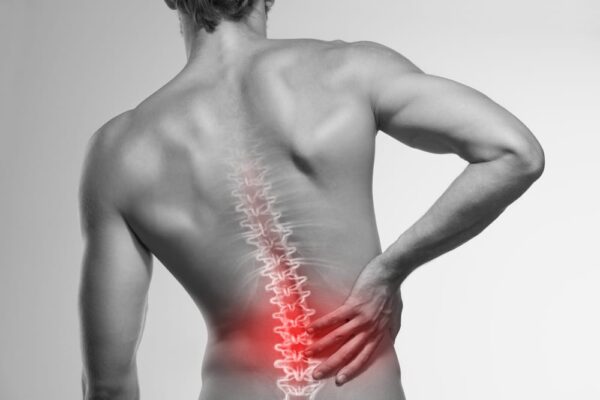Spinal stenosis is a condition that often affects the spine as people age. It involves the narrowing of the spaces within the spine, which can lead to pressure on the spinal cord and nerves. This pressure may cause pain, discomfort, or other more serious symptoms that can impact daily life. But how do you know when it’s time to seek treatment? Recognizing the signs and acting early can help manage the condition effectively and prevent it from worsening.
What Is Spinal Stenosis?
Spinal stenosis is most commonly caused by wear and tear due to aging, making spinal stenosis treatment options essential for managing the condition. It occurs when the spaces in the spine become narrow, limiting the amount of room available for the nerves. This narrowing can result from multiple factors, including herniated discs, bone spurs, and thickened ligaments. While many people with spinal stenosis may not initially experience symptoms, the condition can gradually become painful, leading to issues that require medical attention.
When Should You Seek Treatment?
Many wonder when to seek treatment for spinal stenosis, which depends on symptom severity. Mild cases may be manageable with lifestyle changes, but worsening symptoms like pain or reduced mobility require professional advice. Treatment becomes necessary when pain or discomfort begins to interfere with everyday activities like walking, standing, or even sitting for prolonged periods. If your quality of life is being impacted, it’s time to consult a specialist who can guide you through available treatment options.
Exploring Non-Surgical Treatment Options
Not all cases of spinal stenosis require surgery. Many patients can find relief through non-invasive treatments. Some common non-surgical approaches include:
- Physical therapy: Exercises designed to strengthen the muscles around the spine, improving support and mobility.
- Medications: Anti-inflammatory drugs or muscle relaxers can help alleviate pain and discomfort.
- Steroid injections: These can reduce inflammation around the affected nerves, providing temporary relief from pain.
- Chiropractic care: Some individuals find relief through manual adjustments that focus on improving spinal alignment.
These treatments provide a way to manage the condition without surgery, but it’s essential to consult a healthcare professional to find the best approach for your situation.

Professional Care for Spinal Health
When facing spinal stenosis, working with a qualified team that understands the complexities of spinal health can make all the difference. A holistic approach that includes personalized care, diagnostic evaluations, and modified treatment plans ensures that each patient receives the right support at every stage. Whether through therapeutic treatments or specialized interventions, professional guidance can provide relief and help manage the condition effectively.
When Surgery Becomes the Only Option
In some cases, spinal stenosis may advance to the point where surgery becomes necessary. This is often when non-surgical treatments fail, or nerve compression causes serious problems like loss of bladder or bowel control. Surgery can relieve pressure on the spine, reduce pain, and improve function. Today’s surgical techniques are less invasive, leading to quicker recovery and better outcomes. If non-surgical treatments aren’t helping, it’s important to discuss surgical options with your doctor.
By recognizing the signs and exploring your spinal stenosis treatment options, you can take proactive steps toward improving your spinal health. If you’ve been experiencing symptoms that interfere with your daily life, now is the time to consult a healthcare professional. Whether through physical therapy, medication, or surgery, there are treatment options available that can help you find relief and improve your mobility. Hence, don’t wait for the pain to become unbearable—seek advice and take control of your health today.

